Networked lighting controls (NLC) enable many useful functions, including dimming, high-end trim, occupancy/vacancy sensing, scheduling, and daylight harvesting. A recent article by Levin Nock of the Design Lights Consortium (DLC) in EC&M argues that a NLC function of growing importance is demand response (DR). Demand response is when end-users voluntarily reduce electricity usage at peak periods to obtain better utility rates or other financial incentives. Sometimes this involves allowing the utility to send DR signals to the facility to start turning down or offloads, during peak periods.
Electric utilities are willing to provide the incentives to reduce peak loads because wholesale electricity at peak periods is at significantly higher cost to utilities. Extreme peak demand periods can also threaten the stability of the electric grid. DLC estimates that NLC can reduce LED lighting loads by up to 50%, and if integrated with HVAC can deliver energy reductions of up to 20% of total building energy.
Nock’s full EC&M article can be found here, and more information on the DLC NLC Program can be found here.
Image: Lutron Athena Dashboard






You must be logged in to post a comment.